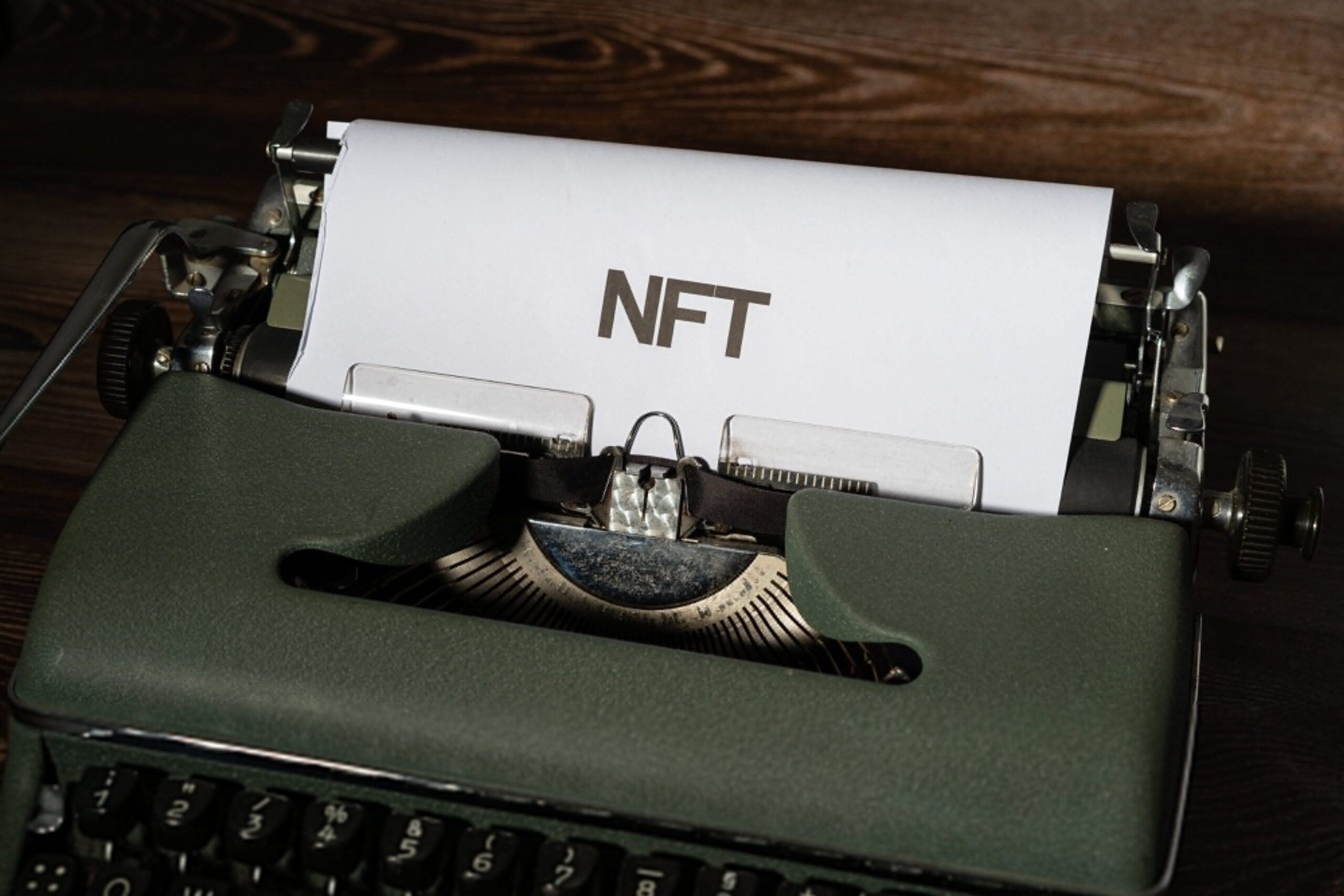As the NFT sector experiences unprecedented growth, even skeptics are beginning to recognize its potential. This surge in interest is mirrored in the increasing demand for effective NFT tools, essential for discerning the value of diverse non-fungible assets.
Understanding NFT Rarity
NFT rarity is a pivotal concept that greatly influences the value and appeal of these digital assets in the marketplace. An NFT’s rarity is typically determined by its unique characteristics and the scarcity of these traits. These characteristics can range from simple visual elements in digital art to complex metadata in more sophisticated NFTs. In essence, the rarer the traits an NFT possesses, the higher its perceived value and desirability among collectors and investors.
The rarity of an NFT can also be influenced by factors such as the artist’s reputation, historical significance, and the narrative or story behind the creation of the NFT. For instance, an NFT created by a renowned digital artist or one that represents a significant cultural moment can attract considerable interest due to its unique place in the digital art world. The platform or collection it belongs to can also impact its rarity. Exclusive collections or those with limited issuance enhance the rarity and consequently, the value of the NFTs within them. Therefore, understanding NFT rarity involves not only an examination of its traits but also an appreciation of its cultural, artistic, and contextual significance.
NFT Rarity Calculation Techniques
Calculating the rarity of an NFT is a multifaceted process, incorporating several methodologies to evaluate its uniqueness and value. The primary technique involves analyzing individual traits and their scarcity. This method examines how often a specific trait appears within a collection and assigns a rarity score based on its frequency. For example, if an NFT has a color or pattern that is present in only a small percentage of the collection, it’s deemed rarer.
Another approach is the average trait rarity calculation, which considers the rarity of all traits on an NFT and computes their average. This method provides a more holistic view of an NFT’s rarity, but can sometimes dilute the impact of a single, extremely rare trait.
The statistical rarity method takes a probabilistic approach, multiplying the rarity percentages of all traits to determine the overall rarity of the NFT. This method tends to give a more balanced view of rarity, considering both common and rare traits in its calculation.
Finally, the Rarity Score, a more comprehensive metric, combines these methods to provide a nuanced rarity value. It factors in the individual trait rarity while acknowledging the overall rarity composition of the NFT, giving investors and collectors a thorough understanding of an NFT’s uniqueness.
Comprehensive Guide to NFT Rarity Tools
Navigating the world of NFT investments requires reliable tools to assess the rarity and potential value of digital assets. Various platforms offer diverse functionalities to cater to this need.
- Rarity.tools: This platform provides real-time ranking of NFTs based on the rarity of their traits. It is particularly user-friendly and offers sorting options by average price, sales volume, and owner count, making it ideal for quick assessments;
- OpenSea: As the largest NFT marketplace, OpenSea offers insights into NFT rarity based on trading volume and floor prices. While it does not provide a direct rarity score, its extensive database is invaluable for trend analysis;
- Etherscan Token Tracker: For Ethereum-based NFTs, Etherscan offers detailed token tracking and insights into ERC-721 compliant tokens. It’s a robust tool for those looking to delve into the technical aspects of NFTs;
- Nansen: This platform analyzes wallet activities, providing insights into profitable NFT transactions. It’s particularly useful for investors seeking data on market trends and wallet performances;
- Icy. tools: Known for its user-friendly interface, this tool highlights trending NFTs and offers detailed information on sales volume and floor prices. It’s suitable for both beginners and seasoned investors;
- DappRadar: DappRadar tracks NFT collections and offers a portfolio tracker for Ethereum wallets. It’s an excellent tool for individual portfolio management and tracking trending NFTs.
Comparative Table of NFT Rarity Tools
| Tool Name | Key Features | User Interface | Specialization |
|---|---|---|---|
| Rarity.tools | Real-time trait rarity ranking | Simple, intuitive | General NFTs |
| OpenSea | Market insights, volume tracking | User-friendly | NFT Marketplace |
| Etherscan | Token tracking, ERC-721 compliance | Detailed, technical | Ethereum-based NFTs |
| Nansen | Wallet analysis, profitability scoreboard | Comprehensive | Wallet and Investment Tracking |
| Icy.tools | Trending collections, wallet connection | Accessible to beginners | Trend Analysis |
| DappRadar | Portfolio tracking, real-time wallet info | Streamlined | Ethereum Wallet Monitoring |
| Rarity Sniffer | Latest collection rankings, Discord channel | Basic | New NFT Projects |
| NFTBank | Investment insights, ROI data | Fast, simple | Portfolio Management |
| CryptoSlam | Market research, series-specific pages | Informative | General NFT Analysis |
| NFT Stats | Collection overviews, sales volumes | Simple | Trending NFT Collections |
| Moby | Real-time statistics, feeds | Minimalistic | Real-time Market Tracking |
| Trait Sniper | Project details, rarity analysis | Cluttered | New and Upcoming NFTs |
| HowRare.is | Solana NFT rarity, sales history | Focused | Solana-based NFTs |
| RarityMon | Claims high accuracy | Unspecified | Solana NFTs |
| MomentRanks | Slick interface, unique rarity score | Modern | General NFT Market |
| NFTSniff | Basic rarity tracking, fast loading | Basic | General NFT Rarity Tracking |
Most Expensive NFTs: A Look at Record-Breaking Sales
In addition to understanding NFT rarity and the tools used to assess it, it’s insightful to explore the realm of the most expensive NFTs ever sold. These record-breaking sales not only highlight the financial potential of NFTs but also reflect the cultural and artistic significance they have garnered in recent times.
- “Everydays: The First 5000 Days” by Beeple: Sold for a staggering $69.3 million, this NFT is a collage comprising 5000 digital images created daily over thirteen years. It represents a milestone in NFT history, being one of the first pieces to be auctioned at a major traditional auction house, Christie’s;
- “The Merge” by Pak: This unique NFT fetched $91.8 million, making it the most expensive NFT ever sold. It was purchased collectively by thousands of investors, emphasizing the communal aspect of NFT ownership and the democratization of art collection;
- “Clock” by Julian Assange and Pak: Sold for $52.7 million, this NFT is notable for its integration of art and activism, as it was created to support the legal defense of Julian Assange. The piece is a live counter of the number of days Assange has been imprisoned;
- “HUMAN ONE” by Beeple: A kinetic video sculpture and dynamic NFT that sold for $28.9 million. This piece is unique in its ongoing evolution, as the artist continues to update the displayed imagery remotely;
- CryptoPunk #5822: This rare alien CryptoPunk sold for $23.7 million, showcasing the high value placed on digital collectibles within the NFT space. Its rarity is attributed to its limited edition and unique attributes.
Conclusion
The landscape of NFT investment is rich and varied, with rarity playing a crucial role in determining value. The tools and methodologies discussed provide a robust foundation for investors to navigate this space effectively, underscoring the importance of informed decision-making in the dynamic world of NFTs.




